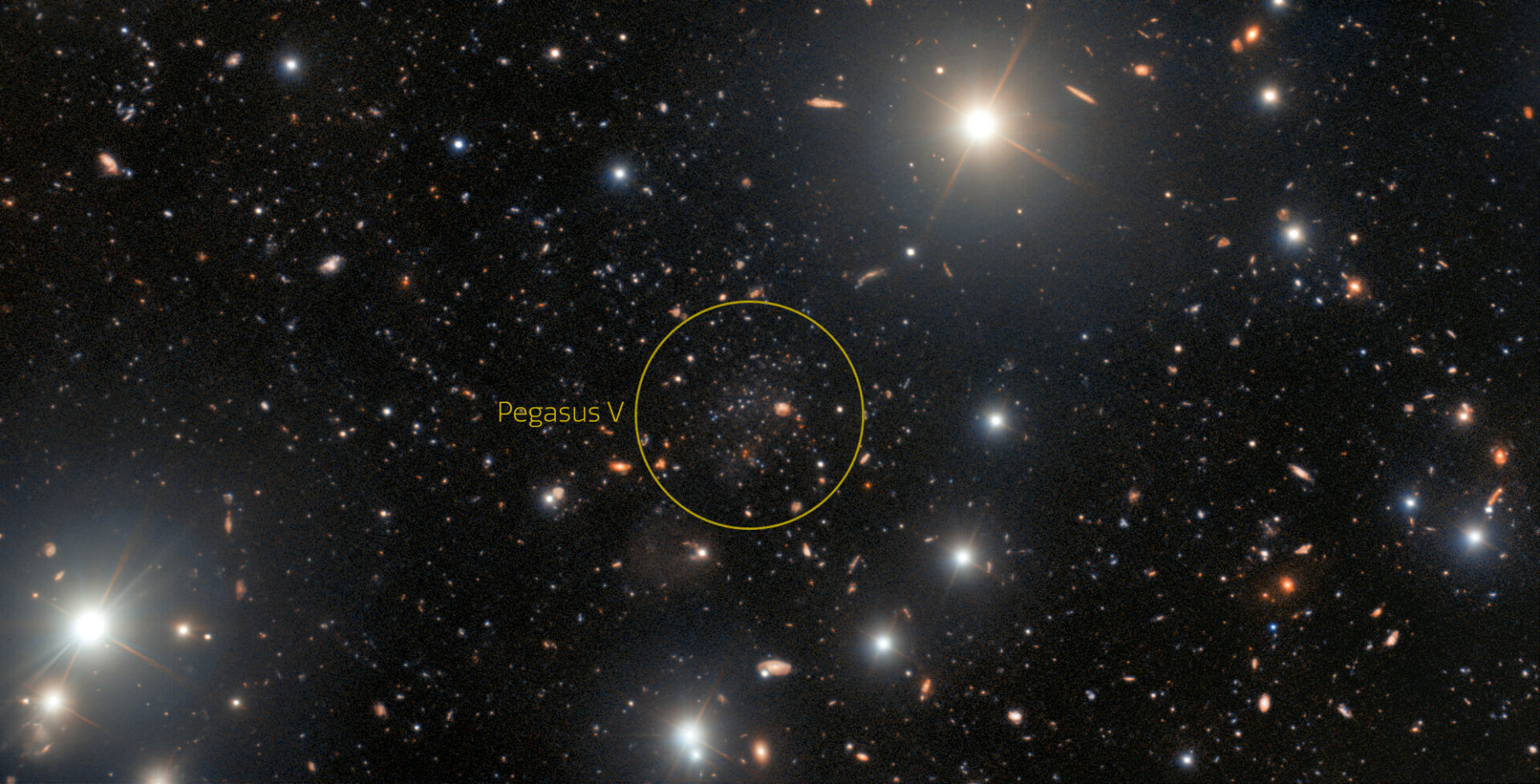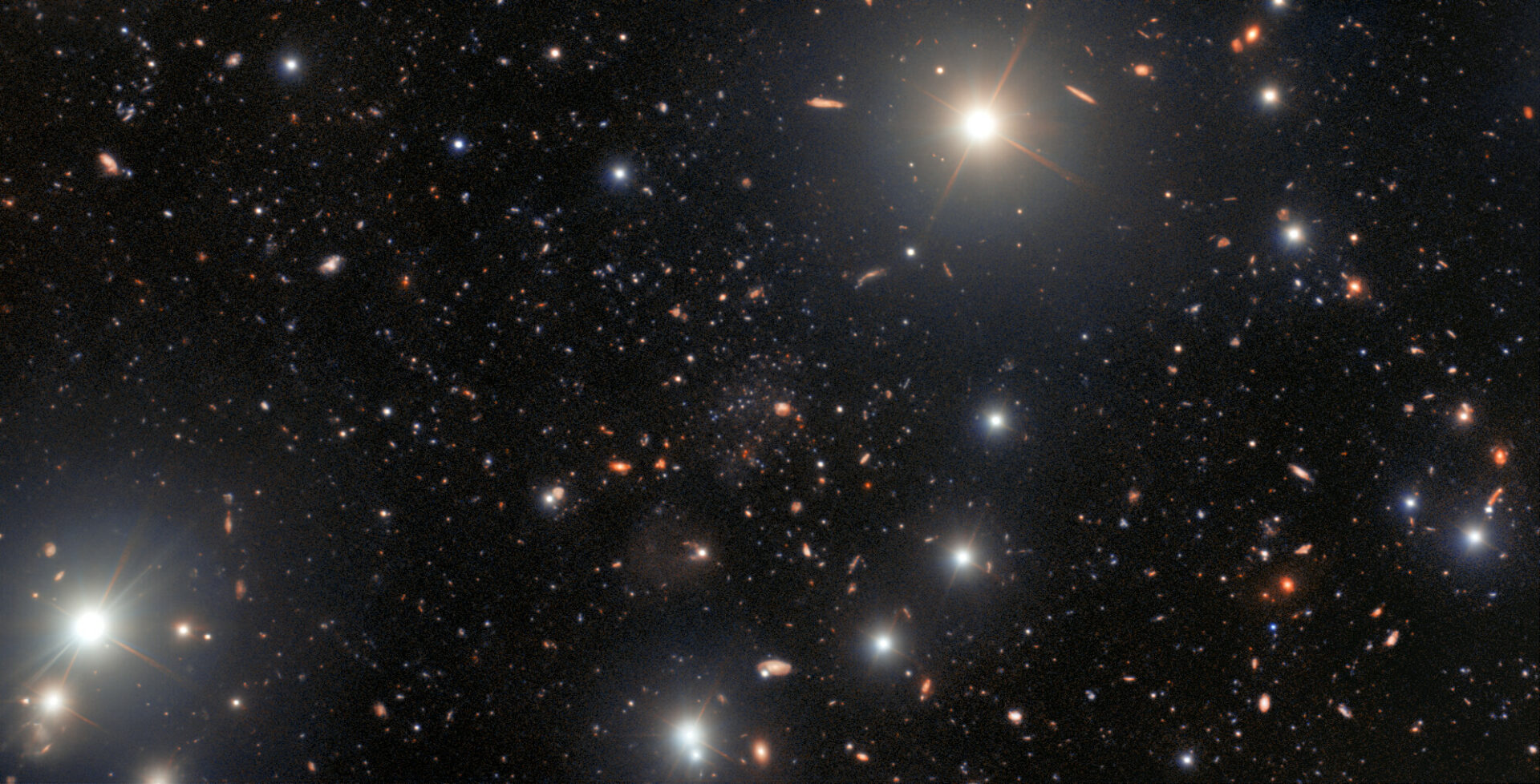Italian amateur astronomer Giuseppe Donatello has discovered a previously unknown ultra-faint dwarf galaxy in the vicinity of the Andromeda galaxy. It was named Pegasus V.
A new find of an Italian astronomer
Astronomy remains one of the few sciences where non-professionals still play an important role and can make notable discoveries. While observing the sky, astronomy enthusiasts periodically find previously unknown asteroids and comets. Also, we should not forget about astroentusiasts — people who view publicly available sky survey data and images, finding on them what scientists have missed.


One of these astroentusiasts is Giuseppe Donatiello. In the past, he has already managed to find several planetary nebulae and dwarf galaxies. Now the list of his finds has been replenished with another galaxy. While studying the archive of the DESI Legacy Imaging Surveys project, Donatello noticed a faint spot on one of the images. Subsequent checks carried out on the telescopes of the Gemini Observatory showed that this is a previously unknown dwarf galaxy in the vicinity of the Andromeda galaxy. It was named Pegasus V. Subsequent checks carried out on the telescopes of the Gemini Observatory showed that this is a previously unknown dwarf galaxy in the vicinity of the Andromeda galaxy. It was named Pegasus V.
Relict of the Big Bang
According to the researchers, Pegasus V is a real “space fossil”. The analysis showed that it contains a very small amount of heavy elements and star formation processes have stopped in it for a long time. This suggests that Pegasus V is a relict left over from the time of the first generation of galaxies formed shortly after the Big Bang.
According to modern cosmological models, our universe should be teeming with ultra-faint galaxies like Pegasus V. The problem is that they are extremely difficult to detect with existing telescopes, as they contain extremely few bright stars. But scientists hope that as new survey instruments, such as the Vera Rubin Observatory, are put into operation, they will be able to find many such galaxies. Their study will help shed light on how the formation of the first stars in the universe took place.
You can also read about how the Hubble telescope discovered a “multi-arm” galaxy.
According to https://www.noirlab.edu
Follow us on Twitter to get the most interesting space news in time
https://twitter.com/ust_magazine
